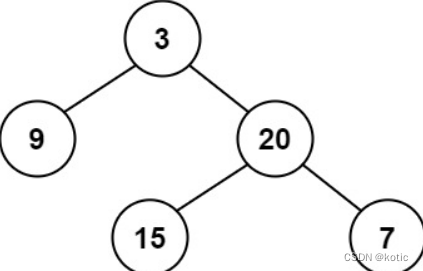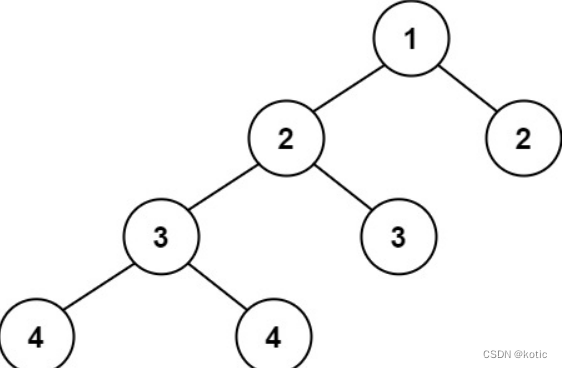Diameter of Binary Tree
Problem
Given a binary tree, determine if it is?height-balanced.
Example 1:

Input: root = [3,9,20,null,null,15,7] Output: true
Example 2:

Input: root = [1,2,2,3,3,null,null,4,4] Output: false
Example 3:
Input: root = [] Output: true
Intuition
The problem is to determine whether a binary tree is balanced or not. A balanced binary tree is defined as a tree in which the heights of the two subtrees of every node never differ by more than 1. The intuition is to perform a depth-first search (DFS) on the binary tree, calculating the height of each subtree at each step, and checking for balance conditions.
Approach
Depth-First Search (DFS):
Define a recursive DFS function that calculates the height of each subtree.
The base case is when the current node is None, in which case the height is 0.
Calculate the heights of the left and right subtrees using recursive calls.
Check for balance conditions:
If the height difference between the left and right subtrees is greater than 1, or if either subtree is unbalanced (indicated by a height of -1), return -1 to indicate imbalance.
Otherwise, return the height of the current subtree.
Return Result:
The final result is whether the height of the entire tree is -1 or not.
Complexity
- Time complexity:
The time complexity is O(n), where n is the number of nodes in the binary tree. Each node is visited exactly once during the traversal.
- Space complexity:
The space complexity is O(h), where h is the height of the binary tree. This is because the maximum depth of the recursion stack is equal to the height of the tree. In the average case, for a balanced binary tree, the height is O(log n), making the space complexity O(log n). However, in the worst case of an unbalanced tree, the height could be O(n), resulting in a space complexity of O(n). The space complexity is dominated by the depth of the recursive call stack.
Code
# Definition for a binary tree node.
# class TreeNode:
# def __init__(self, val=0, left=None, right=None):
# self.val = val
# self.left = left
# self.right = right
class Solution:
def isBalanced(self, root: Optional[TreeNode]) -> bool:
def dfs(root):
if not root:
return 0
left = dfs(root.left)
right = dfs(root.right)
if left == -1 or right == -1 or abs(left - right) > 1:
return -1
return 1 + max(left , right)
return dfs(root) != -1本文来自互联网用户投稿,该文观点仅代表作者本人,不代表本站立场。本站仅提供信息存储空间服务,不拥有所有权,不承担相关法律责任。 如若内容造成侵权/违法违规/事实不符,请联系我的编程经验分享网邮箱:veading@qq.com进行投诉反馈,一经查实,立即删除!